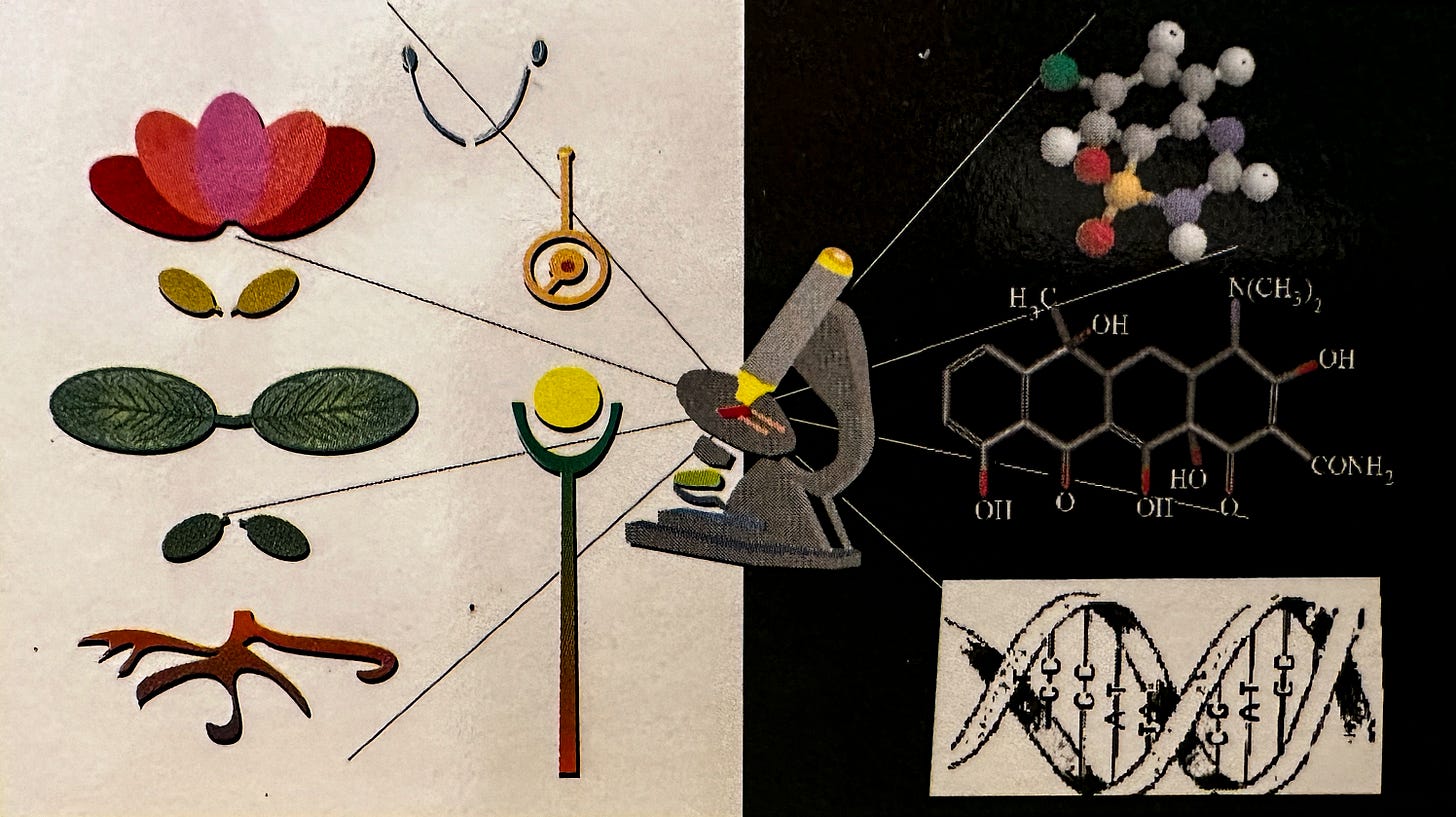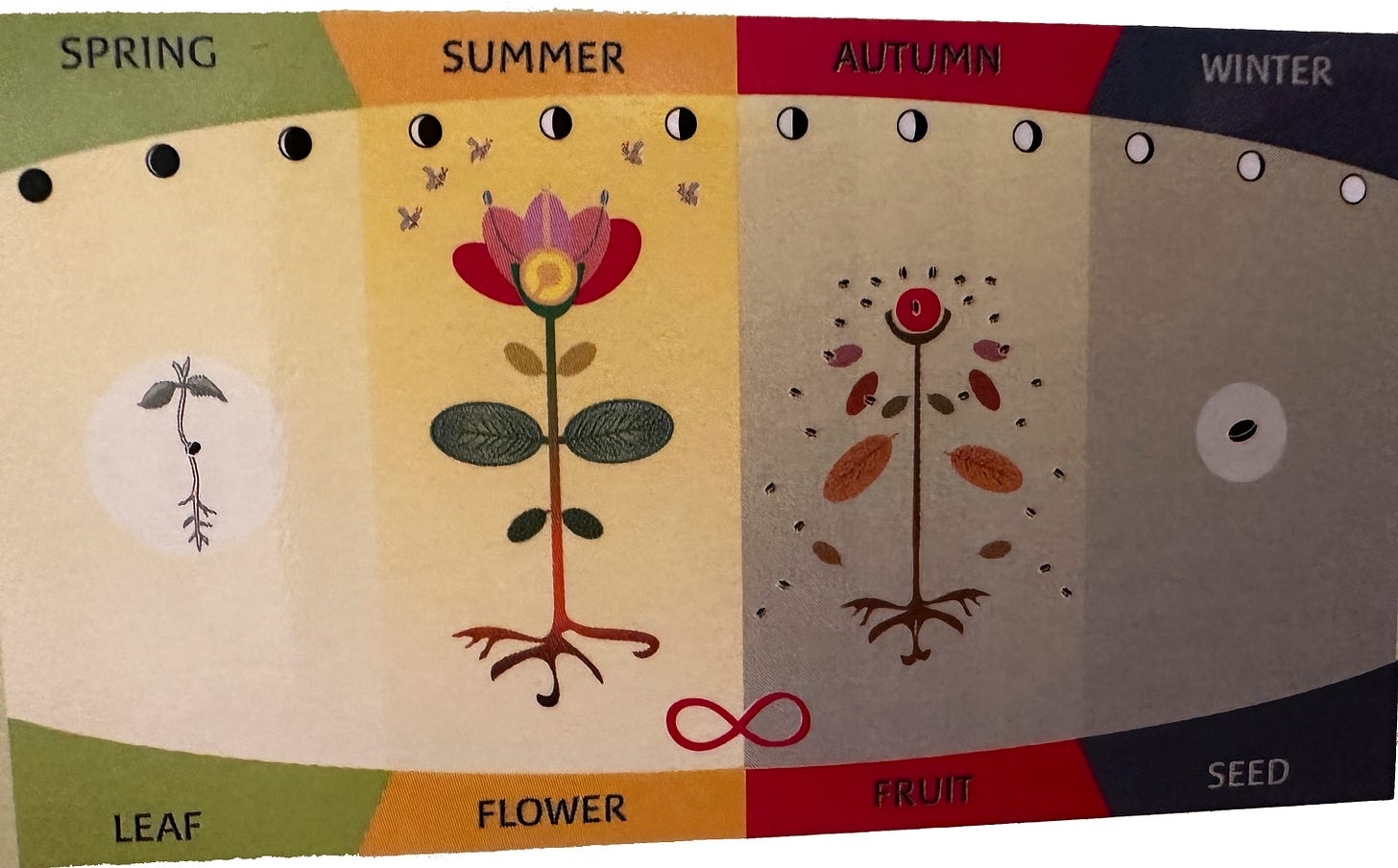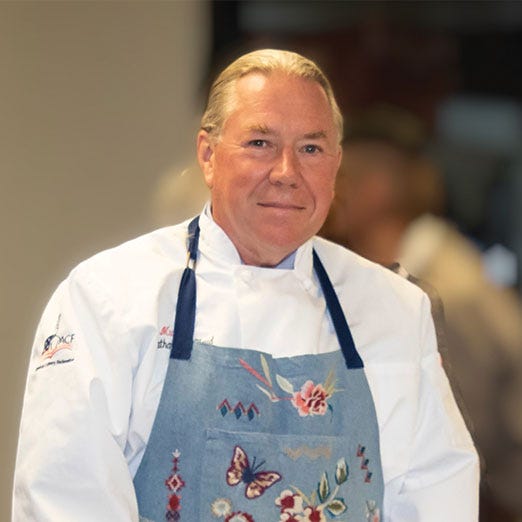 Gifts from the Sea on the Sonoma Coast
Gifts from the Sea on the Sonoma Coast
The Intentional Table
A Green Sea Anenome looking for a snack! In the culinary arts and herbal medicine worlds, sea vegetables have carved out a niche as versatile, nutrient-dense ingredients. Among the most celebrated are kombu and bladderwrack, two brown seaweed types stapled in traditional diets and remedies for centuries. 0715 @ Bodega Bay. = Heaven #IAMSOSPOILED because I live only 45 minutes from several beaches with an incredible abundance of seaweeds. I went yesterday and hand harvested about 20 pounds! The ones I love the most are Kombu, Bladderwrack, Nori, Sister Sarah, and Feather Boa. Yesterday,...
info_outline Arugula... it's a vegetable... right?
Arugula... it's a vegetable... right?
The Intentional Table
Arulgula…. it’s a vegetable! Click the Image above to hear it! Arugula Examining the Health Benefits and Nutrition of this Powerhouse Leafy Green Arugula was a valued green in ancient Rome, where it was celebrated in poetry and prose for its effects on mind and body. Unfortunately, it’s far less popular today than its cousins spinach and kale, even though arugula may be the healthiest green of all. In this article, we’ll look at the evidence for arugula’s health benefits and see if those ancient Romans were right to celebrate it. I know I shouldn’t do this because of...
info_outline Auto Immune Release Series Part 2
Auto Immune Release Series Part 2
The Intentional Table
Apple Blossoms @ Musea. Showy! Well, here it is, our second week of thoughts and inspirations about Auto-Immune conditions, how we all have a little of it going all the time, and what we can do about it. Spoiler alert: I am going to write about a plant-based diet this time. My hamburger loving self cringes. But remember that I said last time everything in moderation? Here is a good time to take a breath and remember that you do not have to go cold turkey on the turkey! Increase your intake of rainbow-colored fruits and vegetables. Consume more colorful fruits and vegetables to get as much...
info_outline Auto Immune Release Series Part 1
Auto Immune Release Series Part 1
The Intentional Table
Apricots Anyone? @ Musea What is an autoimmune disease? Why are we speaking about this, at length at the Intentional Table? Great questions! Let’s do this in reverse order. The why of this is life. We all know we are alive, as the machines that go ‘ping’ tell us when we are strapped in. But we also understand that there is way more to it than that. We are sometimes led to think that we are simply biological machines and that, like getting the oil in your car changed, you can go to the doctor if you live your life poorly, and they will ‘fix’ you. Then, out the door and on your...
info_outline Intentional Wellness from Musette
Intentional Wellness from Musette
The Intentional Table
Greetings all, How wonderful it is to speak to you through this simple platform. I wish we could all sit around the Intentional Table itself (mine or yours) and drink in the feeling of togetherness, which is the ‘why’ in the ‘what’ around here. I would like you to have a gift. It’s a preview of a book I am writing about Nutritional Wellness. It’s not a b…
info_outline I Taste, Therefore I Am...
I Taste, Therefore I Am...
The Intentional Table
At the Intentional Table, we taste. Do we ever! Every person who learns to eat, cook, or serve should also learn how to taste. Sounds easy, right? Not so fast, my dearest. Taste is an objective and a subjective thing! It’s objective because every person that is a person (despite a few unfortunate outliers) has taste buds built into the design. However, just because you have the hardware doesn't mean you have the software. If you do have the software, then you have an appreciation of fundamentals when it comes to how your organ of perception, which is your mouth, your tongue, your nose,...
info_outline Biodynamics Basics
Biodynamics Basics
The Intentional Table
Hello, my intrepid Intentional Table guests! Today, with our afternoon wine, will be the topic that is near and dear to our hearts here. Biodynamics. What is it, you may ask? Why is it important to this table, Musea, and our lives? All good questions. Read on, and if you want the DEEP DIVE EXTRA CREDIT, it’s at the bottom.⬇︎ There are two polar views of scientific reality when it comes to the consideration of the active practice of biodynamics. One is the left-brain approach, represented by the Newtonian Analytical view that has dominated science for the last two centuries. Newton...
info_outline February 4 is World Cancer Awareness Day
February 4 is World Cancer Awareness Day
The Intentional Table
Take a look at this team. They are really on it. Click the image for link. You may ask yourself, now, why would he say that? It certainly could apply to any human, anywhere. There are 340 activities around the world for Cancer Day. So, it must be happening, you know, out there somewhere. Hubris leads to nemesis. Cancer, hunger, war, disease, and crime all happen. It must happen because it’s all over the news. It’s hard to connect with anything like this while you read it on the device in your hand while it charges at Starbucks as you sip your mocha. Our children have never seen it. Our...
info_outline The Agony and The Ecstasy of the Table
The Agony and The Ecstasy of the Table
The Intentional Table
I thought I would take a few minutes to see if you would like to travel with me back in time to revisit exactly what the intentional table is and how it's considered here in our little conversation and in real life. If you asked me to cook for you, I would be delighted. That's all there is to it. I wouldn't question what our budget was, what the logistics were, or really what it was that you wanted to eat when you're with whom. All those things are in a particular way beside the point. What this means is that you're asking me to create with intention, something for you that actually serves...
info_outline Only the wounded eye can see
Only the wounded eye can see
The Intentional Table
I came up with this phrase while meditating yesterday. It was inspired by something my dear friend Andrew Johnstone told me recently. At the Intentional Table, we find ourselves circling back to an important theme with a recurring and increasing frequency: Gratitude. It's an incredibly overused, misused, and, I think, sometimes misleading term. Oxford says, “the quality of being thankful; readiness to show appreciation for and to return kindness.” In the latter part of that sentence is the key, which is ‘returning.’ There is an idea that we commonly refer to in Intentional...
info_outlineHello, my intrepid Intentional Table guests! Today, with our afternoon wine, will be the topic that is near and dear to our hearts here. Biodynamics. What is it, you may ask? Why is it important to this table, Musea, and our lives? All good questions.
Read on, and if you want the DEEP DIVE EXTRA CREDIT, it’s at the bottom.⬇︎
There are two polar views of scientific reality when it comes to the consideration of the active practice of biodynamics. One is the left-brain approach, represented by the Newtonian Analytical view that has dominated science for the last two centuries.
Left or Right? When referring to the ‘left’ or ‘right’ side of the brain, it’s not actually about sides, it’s about two different ‘engines of perception’. One ‘side’ tends to try to solve by examining the parts in order to make the whole. One ‘side’ tends to start with wholes and then break that down into parts. So, they are both trying to solve the answer to X, but they go about it in differing ways. Neither is correct nor wrong, just differing approaches.
The ‘other’ way, or should I say the both/and, by J.W. Goethe, integrates the left and right brain hemispheres, resulting in a direct experience for you, which combines analysis with synthesis. This is the heart of ontology or the observation of ‘what is.’ You do not really need to understand why it happens or even how, but that it does’!
The solely reductionist and analytical method has resulted in large-scale environmental and cultural change that is unsustainable and compounds the degradation of planetary life. As a consequence, many of today's leading-edge scientists are revisiting Goethe’s ideas. New insights offered by quantum physicists reveal paradoxes, not explainable through a Newtonian understanding. A dialogue has emerged between scientists and philosophical thinkers who are also seeking new ways of understanding the world using inferred and contemplative methods. A good example of this process is the regular exchange between senior scientists and the Dalai Lama and his monks.
The illustrations below demonstrate the two views and the combination into a single Whole.
Biodynamics uses and respects Newton's view, seeing it as part of the full view, which also includes the Goethe synthesizing approach.
“Theory” or “Seeory” The Greek root of the word theory means to ‘perceive with the eye.‘ So, my beloved guests, what do you say?
The Newtonian Approach seeks conceptual understanding.

The Goethean Approach seeks insight into the archetypal plant.

Re-thinking how we produce food in times of environmental and global dilemmas.
Biodynamics uses all aspects of knowledge to attain insights, recognizing that all the ‘kingdoms’ of nature are co-dependent. (I don’t like the word kingdom because it’s dated patriarchy crap, but it’s what we got here, folks…) The result is a:
Holistic
Ethical
Moralistic
attitude and behaviors that match. Nature herself is seen as part of the greater cosmic picture. The idea of ‘Beingness’ is central to biodynamics. The grower of food (meaning medicine, too) observes and listens attentively to the soil, plants, animals, and conditions. Thus, entering into a dialogue with nature has the potential to become a rich foundation for the evolution of future generations. Working in harmony with nature makes economic and ethical sense. Here at Musea, on our small farm, there is no option. It’s how we do. We do not have room for the correct animals, but they are right across the street in the adjacent field.
Does this sound like something you might hear me prattle on about while I am whipping you up some soup? You betcha.
Thanks for reading!
EXTRA CREDIT SECTION
Biodynamic farming is a holistic, ecological, and ethical approach to agriculture, gardening, food, and nutrition. It is based on the principles and practices developed by Rudolf Steiner in the early 20th century. This farming method is similar to organic farming but includes various esoteric concepts drawn from Steiner's ideas. Here's a brief outline of the benefits of biodynamic farming practices:
1. **Environmental Sustainability**:
- Enhances soil health through composting, crop rotation, and cover cropping.
- Increases biodiversity by integrating crop cultivation with animal husbandry and wildlife conservation.
- Reduces pollution and greenhouse gas emissions by minimizing reliance on synthetic fertilizers and pesticides.
2. **Enhanced Food Quality**:
- Produces nutritionally dense and flavorful food due to the emphasis on soil health and plant vitality.
- Minimizes exposure to harmful chemicals, benefiting consumer health.
3. **Economic Resilience**:
- Promotes self-sufficiency with on-farm fertility and seed production, reducing input costs.
- Diversifies farm income through various crops and products, improving economic stability.
4. **Social and Ethical Benefits**:
- Encourages community engagement and shared responsibility through cooperative aspects of biodynamic certification.
- Supports animal welfare with humane treatment and integration of livestock into the farm ecosystem.
5. **Holistic Management**:
- Uses an integrative approach to farm planning and management, considering celestial and terrestrial influences on biological cycles.
- Encourages farmers to develop a deep understanding and connection with their land, leading to more mindful and informed farming practices.
Biodynamic farming seeks to sustainably produce food and heal and regenerate the earth, making it a comprehensive approach to addressing today's environmental and social challenges in agriculture.
Also, it just feels like the way the earth asks of me to be with it. My father once told me, “In order to master nature, you must agree to be mastered by it.”




